Whether you are a home or business owner, keeping your family and employees safe is a top priority. Installing a magnetic lock can help you accomplish this. So, before buying a magnetic lock, you must really want to know about the magnetic lock. Rest assured, all your questions about magnetic locks are answered in today’s guide. Whether you want to know the definition, how it works, or the application, you will find everything here. Read on to learn more.
1. What is a magnetic lock and its structure
A magnetic door lock is a lock that uses electric current to generate magnetic force, and it uses a low-voltage power supply to ensure safe entry. The electromagnet in the door lock is kept energized, which creates a magnetic flux that attracts the armature plate. Make the door lock locked. Since the surface of the door is large enough, the magnetic flux keeps the door locked. When power is removed, the magnetic lock is released and the door will open. Instead, the bolt locks the door when an electric current activates the magnet.
The working principle of the magnetic lock is to let the electric current generate the magnetic force through the sealed space. The design of the magnetic lock used in the access control system is the same as that of the electromagnet. As the current passes through the silicon steel sheet, the electromagnetic lock will generate a strong suction force and hold the iron plate tightly to lock the door. Because they require power to stay locked, they are fail-safe, making electromagnetic door locks safe to use as emergency exits. If power is lost in the event of a fire via the fire relay or call button, the door will unlock, allowing people to leave the building.
Generally speaking, the magnetic lock is mainly composed of two parts: the electromagnetic lock body and the suction plate. The electromagnetic attraction surface of the electromagnetic lock body is attached to the suction plate, and the magnetic force generated when the electromagnet is energized attracts the magnetic plate, thus forming a lock.
2. Advantages and disadvantages of magnetic lock
Below we will introduce the advantages and disadvantages of electromagnetic locks, which will become your first choice for purchasing electromagnetic locks.
1) Advantages
The following are the advantages.
·#1. Simple and convenient installation
As mentioned above, there are only two main parts of the electromagnetic lock, and there are no moving parts. This makes installation quicker and easier. In addition, the installation process is simple and less prone to errors. What’s more, since the magnetic lock is mainly powered by electricity, it does not require electrical work or wiring like other electronic locks, which also means that the installation of the magnetic lock will not cause any structural damage to the door or its frame. This makes it ideal for businesses that want to keep their premises looking good.
#2. Good durability
The main material of the magnetic door lock is stainless steel, which is a strong and high-quality material. This makes the magnetic lock extremely resistant to wear, weather damage, and corrosion, making it ideal for outdoor or harsh environments. In addition, since there are no moving parts inside the door lock, there is generally no structural failure. This means the magnetic lock will last longer and be more durable.
#3. Cost savings
If you are a business owner, employee turnover is inevitable. After installing the magnetic lock, even if your employees leave a lot, you don’t need to replace your magnetic lock. Because magnetic locks use key cards, they can be easily remagnetized and reconfigured multiple times, eliminating the need for new keys. Managers simply need to magnetize their key cards after employees leave the company and set new access codes. There is no need to replace door locks which reduces the company’s operating costs.
In addition, since the magnetic lock is rarely repaired, it also saves the company’s operating costs in this way. I remember I have a friend who is a PVC ball manufacturer. One day he took me on a tour of his factory, and I found that his factory installed magnetic door locks. He told me that the magnetic door lock was very convenient and recommended it to me.
#4. Quick lock and unlock
The quick locking and unlocking capabilities of the magnetic lock make it the perfect choice for busy egresses in businesses. If you install other smart door locks in the office, it will take a certain amount of time for employees to enter the password or face authentication. This takes up valuable time, especially during rush-hour commuting. Magnetic locks simply require employees to present their key cards to pass through the gate.
In the case of particularly high traffic, you can also unlock the gates via remote control, allowing employees to enter without even using a key card.
#5. Remote Access Control
Like some other smart locks, magnetic locks also feature remote access control. This allows you to know who has entered the office and when even if you are not in the office. Plus, you can keep people out of your office who shouldn’t be.
#6. High security
That’s right, the tough casing of a magnetic lock means it won’t be easily picked open, and they’re more resistant to tampering and forced entry than traditional locking systems. This is the line of defense that keeps us safe. In addition, magnetic locks are usually set to fail automatically open, which means that when the power is disconnected, the magnetic lock will automatically unlock. Magnetic locks work well if someone is trapped in a building during a fire. It allows trapped people to escape without manually opening the door lock.
#7. Less noise
Since the magnetic lock is controlled by electric current, the sound of the electric current flow is extremely small, and you will only hear a slight click when unlocking the magnetic lock. The silent magnetic lock is perfect for use in the home.
2) Disadvantages
Let’s look at the disadvantages of magnetic locks again.
#1. Reliance on Power
As we all know, the main power source of the magnetic lock is direct current, and it needs to maintain the power for a long time to operate normally. In the event of a power outage, the magnetic lock will stop functioning and be unlocked. This is very dangerous for your home or business. In order to solve this problem, we recommend that you have a backup power source, such as a backup battery or a generator.
#2. Additional software runs
Compared with other smart locks, magnetic locks also need to run additional software to be more secure.
#3. Higher prices
Magnetic locks are more expensive to purchase than other mechanical door latches.
#4. Regular Repair and Maintenance
Since magnetic locks rarely fail, it’s up to you to regularly service and maintain the lock to keep it functioning properly. This includes things like cleaning, lubrication, and software updates.
3. Types of magnetic door locks
There are many types of magnetic locks, which can meet the requirements of most buyers. The following are the types of magnetic locks.
1) Surface mount magnetic lock
Surface-mounted magnetic lock refers to the magnetic lock installed on the surface of the door frame, which is the most common magnetic lock. They can be mounted to the jamb on single and double door openings, or to the striker jamb on single door openings. Generally used for indoor installation, if you want to install it outdoors, then you need more maintenance.
2) Hidden magnetic lock
As the name suggests, a concealed magnetic lock is the opposite of a surface-mounted magnetic lock. Also known as shear locks, they can be installed on the jamb and inside the door, as well as on the bottom of the door and on the floor. Furthermore, shear locks require a minimum distance between them, so extra consideration is required when preparing openings for such locks, especially when installed on floors. In addition, they are connected to similar hardware, such as surface-mounted magnetic locks, as well as the same type of access control system.
3) Magnetic key lock
Magnetic keyed locks differ from electromagnetic locks in that instead of running on electricity, they use a permanent magnet as the key. Although the concealment of magnetic key locks is good, their security is not high, and sometimes thieves can open them with a magnet.
4) Magnetic combination lock
The only way to open a magnetic combination lock is to use a key, which is more secure than a magnetic key lock. For optimal security, some magnetically encoded keys are advanced and programmed to decode various magnetic fields.
5) Mortise magnetic lock
Mortise magnetic locks are most commonly available in a slim profile, designed to cut into door frames in specific environments where surface mounting is not possible. Mortise magnetic locks have another application method for use with transom housings. The mortise magnetic lock fits into the housing and then surface mounts to the door frame, along the width of the door. In this design, the magnetic lock and housing are integrated into the door frame, making it more aesthetically pleasing.
6) Fireproof magnetic lock
The fireproof magnetic lock is a magnetic lock installed on the fire door, which is mainly designed to cooperate with the fireproof function.
4. How to choose the correct magnetic lock
- Good quality: Quality is the first consideration before choosing a magnetic lock. Because good quality door locks can not only have a long service life but also provide protection for your personal safety.
- Size: Please consider the magnetic door catch size when purchasing, including height, depth, and width. These ensure your door lock fits the proper size. In addition, when choosing a magnetic latch, the following factors should also be considered:
- Magnet Size – An electromagnet piece’s size determines the lock’s security. It should be the right size for the door it will be installed on.
- Armature – The armature is the size of the metal plate of the lock. It should be the right size for the door it will be installed on.
- Retention Force – Retention force is the amount of force provided by the magnet to keep the door locked. A lock with a stronger grip is more secure and harder to open.
- Voltage and Current Ratings – Expressed in volts and amperes, these ratings determine the lock’s operating voltage and current requirements.
- Budget: Of course, budget is something that everyone can consider, because you can only buy magnetic locks that are within your budget.
- Fire protection requirements: Every city and building has different fire protection codes. Before considering installing magnetic locks, please understand the local fire protection requirements to avoid conflicts.
- Function: As you know, different types of magnetic locks have different functions, and you need to choose according to your own security level and focus on functions.
5. Application of magnetic lock
Magnetic locks are suitable for a variety of different locking applications such as:
- Commercial Buildings: Magnetic locks are often a versatile option for commercial buildings, and they can be installed on a variety of doors. Examples: emergency exits, delayed exit doors, and controlled exit doors.
- Automotive industry: To use a device with a latch in a car, a fail-safe latch ensures that the door remains locked from entry even during a power outage; the exit is still available.
- In aviation: e.g. luggage covers, galleys, or oxygenation.
- Medical field: such as centrifuges and disinfection equipment.
- Appliances and industrial equipment: e.g. steamers, ovens, autoclaves, or washing machines.
6. How to install the magnetic lock
The structure of the magnetic lock is simple, so its installation process is also very simple. Below are the installation steps.
- Drill holes in the door and frame to install the mounting brackets.
- Install the required brackets to secure the lock.
- Fix the magnetic lock and armature to the bracket, this is for smooth connection of the power supply to the door lock.
- Connect the power supply to the magnetic lock and, if necessary, the additional door position monitoring contacts.
- Turn on the power to power the maglock.
- Test that the maglock is functioning properly.
7. Frequently asked questions about magnetic locks
Here are some frequently asked questions about magnetic locks.
1) What should I pay attention to when installing the magnetic lock?
- Choosing the Correct Magnetic Door Interlock System: It is very important to choose the correct magnetic door interlock system for your door lock. Each magnetic lock system has its own features and capabilities, and factors you will need to consider include the size and layout of your facility, the number of doors that need to be secured, and any additional features or customization options that may be available.
- Hire a professional installer: If you are installing a magnetic lock for the first time, then we recommend that you hire a professional to install it. Ensure proper functioning of your magnetic system and minimize failures.
- Know your local building codes: Each region has corresponding building codes, including codes for the installation of door locks. Before installing, you need to understand local building codes to ensure your installation complies with local laws and regulations.
2) Is the magnetic lock safe?
What I can tell you is: the magnetic lock meets the highest security requirements, and the high-security value of the magnetic lock depends not only on the magnetic code but also on the special conditions for the production of secondary keys. A copy can only be made if the magnetic lock code is known. Since the rotor cannot be accessed from the outside with the magnetic lock, it cannot be operated and unlocked with other tools. Therefore, the magnetic lock has almost 100% anti-decryption security.
3) How to identify the advantages and disadvantages of magnetic locks?
Magnetic locks should be identified from various technical indicators. Standard qualified magnetic locks generally provide two input voltages of 12V and 24V (the difference between single coil and double coil), which are selected and switched by jumpers. For example, it can be seen from the circuit board: the poor-quality magnetic lock circuit board has rough printing, an extremely simple layout, does not use varistors (that is, surges, generally two), and only has one set of voltage inputs.
8. Conclusion
The advantages of magnetic locks such as high security, high convenience, and low cost make people choose it. Of course, the magnetic lock has not let people down, it has made a great contribution to the security of enterprises or families. By reading this guide, I believe you must know how to choose a magnetic lock that suits you. If you have any questions, please contact iLockey for consultation.


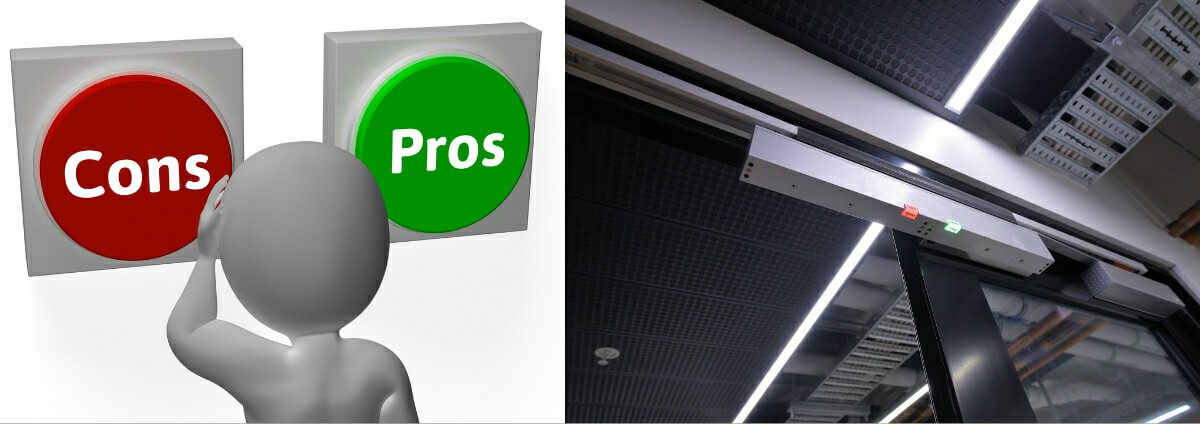

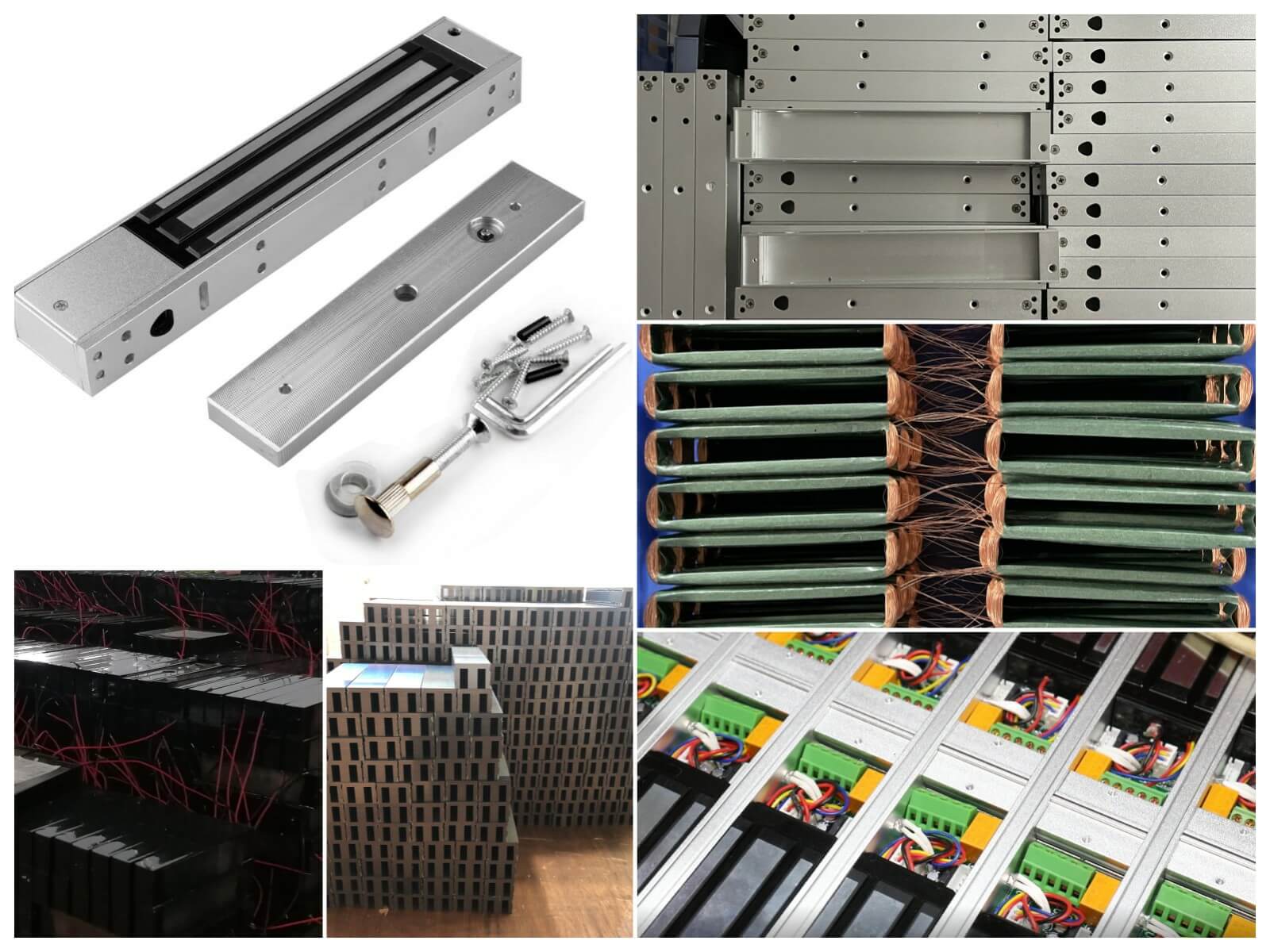
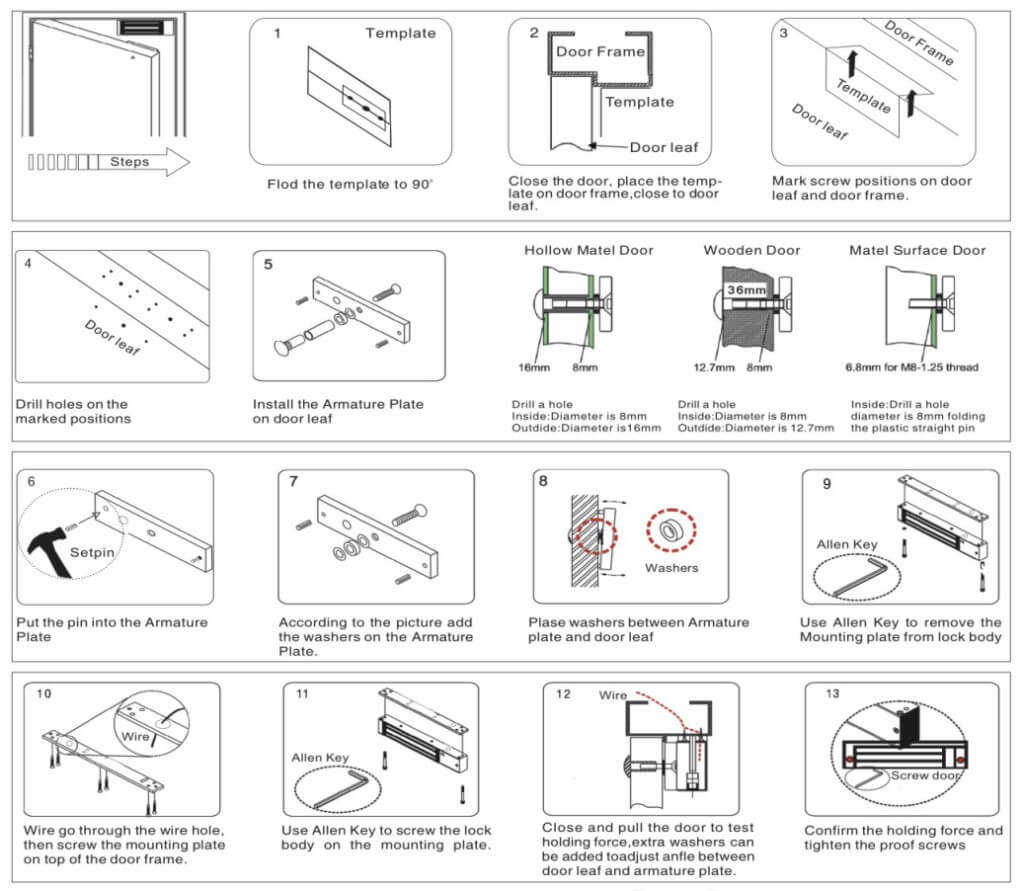
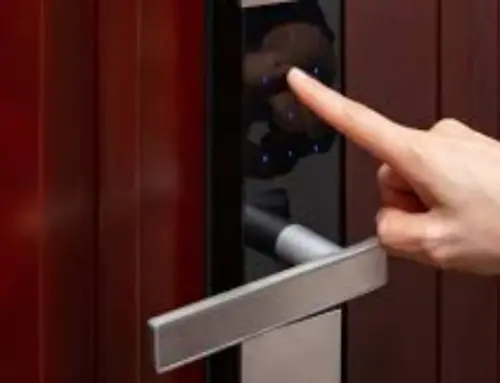

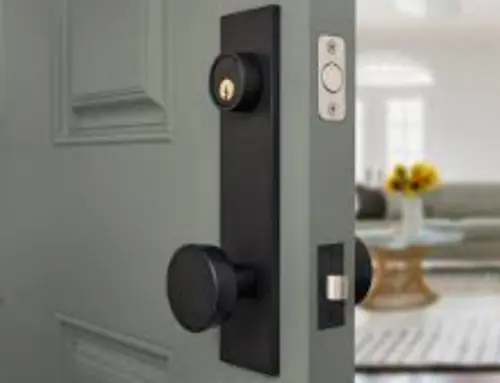
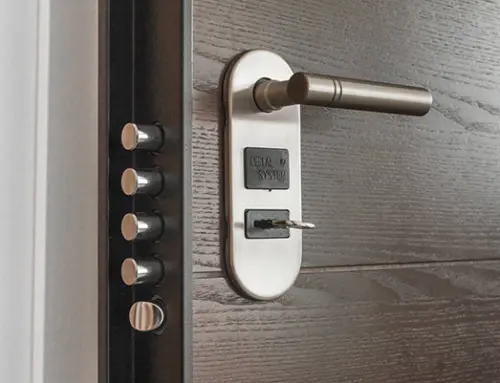
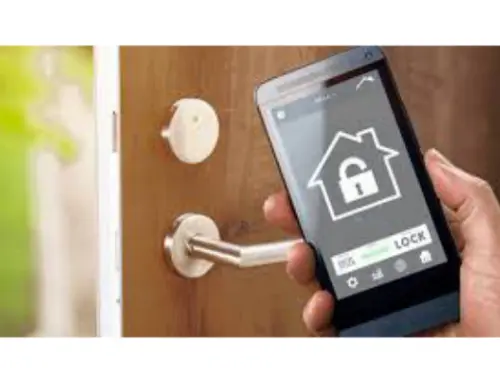
Leave A Comment